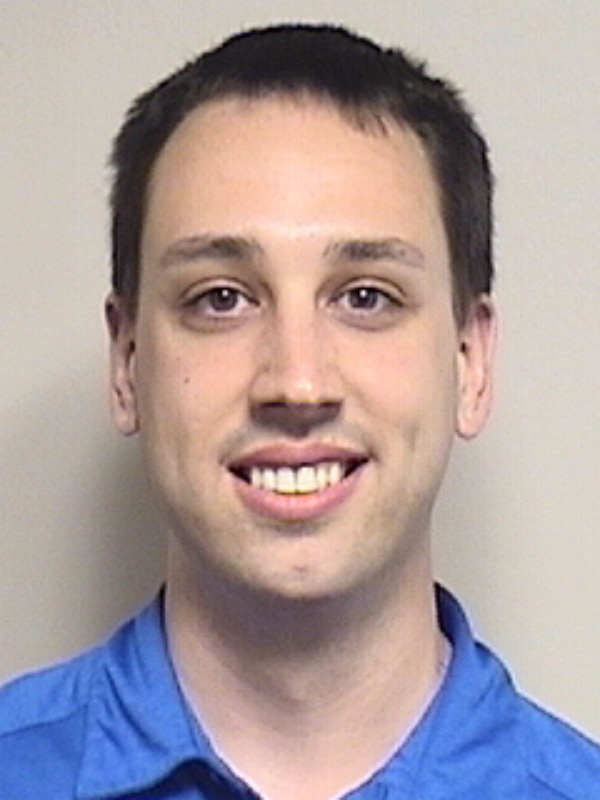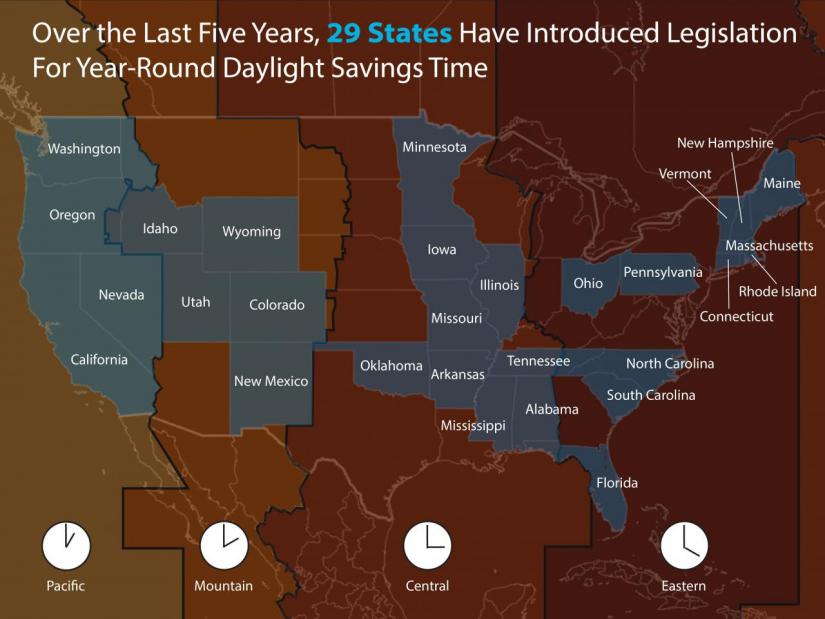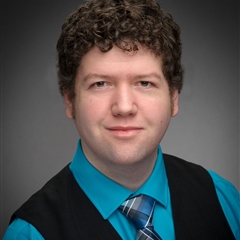MSU All Staff Council Newsletter
Featured Staff Member

Dylan Cummings - Cat Card Office
My journey with MSU began in December 2011 when I started my undergraduate studies - ultimately graduating in May 2016 with a BS in Family and Consumer Sciences and a Minor in Sociology. Throughout my undergrad, I worked as a Residence Hall Desk Clerk for MSU Housing and did my senior internship with AYCSS helping develop the satellite student success center (The Den) in South Hedges. After graduating, I took on the role of Program Coodinator for MSU CatCard before taking over the management position at the beginning of 2019. As someone who grew up in rural NW Montana with three brothers, in my off time I enjoy getting outside (as weather permits) to enjoy the natural wonders through hiking, biking, and swimming. When weather is less than cooperative, I occupy myself with jigsaw puzzles, crosswords, and binging classic sitcoms.
History of Daylight Savings Time
On the first Sunday in November millions of Americans turn their clocks back 1 hour to mark the end of Daylight Savings Time (DST), an annual practice that has its roots in transportation. Despite DST’s more than 50 years of nearly uniform observance since 1966, 29 states introduced legislation between 2015 and 2019 to abolish the twice-yearly switching of clocks.1 In May 2019, for example, Tennessee and Washington’s governors signed bills to extend DST year round.1 Several states in New England made similar proposals with one additional condition: they will only change to year-round DST if their neighboring states do the same, thereby avoiding the economic and transportation repercussions of neighboring states having different local times.1 The authority to change DST, however, ultimately lies with the Department of Transportation, a power it has held since its foundation in 1966.1,8

Time zones were introduced by the major railroad companies in 1883 to resolve confusion and avoid train crashes caused by different local times.3 As the United States entered World War I in 1918, the government delegated time zone supervision to the federal organization in charge of railroad regulation—the Interstate Commerce Commission (ICC).1,5 The new concept of DST was also overseen by the ICC to assist in the war effort.5 Initially introduced by Germany during the war to conserve fuel and power by extending daylight hours, the United States soon followed suit.1
After World War I, DST was nationally abolished but allowed to continue on a state-by-state basis.1 As a result, confusion and collisions caused by different local times once again became a transportation issue.1 In 1966, the Department of Transportation was founded to serve as a “focal point of responsibility for transportation safety” and given regulatory power over time zones and DST.1,4 DST was implemented uniformly across the Nation, with dates for the twice-yearly transitions set by law.1 This still holds true today. With the exception of Arizona and Hawaii, every state must continue to observe DST between March and November, unless otherwise exempted by State law.1
Thank you Bobcat Coaching Staff!!!
What a year we are having in Bobcat sports! ASC would like to express our gratitide and support to all of the Bobcat Coaches for all of the mentoring, guidance, and care that you provide to our student athletes. We are so very proud of all that you do!
MSU American Indian Powwow
From: MSU News Service
The 46th annual American Indian Council Powwow at Montana State University was held this past weekend at the Brick Breeden Fieldhouse.
The MSU American Indian Council Powwow is one of the largest in Montana. The powwow started at 6 p.m. Friday, March 25, with a grand entry. There were other grand entries at noon and 6 p.m. Saturday, March 26. Dance and drum competitions with cash prizes were offered at each session.
The host drum group was Wild Rose of the Yakama Nation from Toppenish, Washington. The head woman dancer was Tavia Torralba, who is from the Crow Tribe. Head man dancer was Valor Killsback from the Northern Cheyenne Tribe. Maleeya KnowsHisGun, Crow, is Miss Indian MSU.
The masters of ceremonies was Don Racine, Aaniiih (White Clay) from Hays, and Tommy Christian, Fort Peck Assiniboine and Sioux Tribes from Poplar. The arena directors were Terry Brockie, Aaniiih from Harlem, and Lark RealBird, Crow from Garryowen.
The head dance judge was Ron Lodgepole, Chippewa Cree from Gilbert, Arizona. Head singing judge was Francis Sherwood, Arikara, Hidatsa and Navajo tribes of Denver, Colorado. Co-presidents of MSU’s American Indian Council, which sponsors the powwow, are Naomi Redfield, a senior majoring in animal science and a member of the Crow Nation, and Cheyenne Whiteman, a sophomore majoring in nursing and a member of the Crow Nation.
The American Indian Council Powwow Fun Run, with 5K, mile and walking categories, was held on Saturday, beginning at the Brick Breeden Fieldhouse parking lot. The first 30 participants received a race T-shirt.
The annual MSU Powwow Basketball Tournament, with cash prizes, was held Thursday, March 24, and ran through Saturday, March 26.
The Presidential American Indian alumni brunch was held on Saturday, March 26, in the Great Hall of American Indian Hall.
Get To Know Your Council Members

Kimberly Hilmer - Chemistry/Biochemistry
I am the Business Operations Manager for the department of Chemistry and Biochemistry. I work with both the academic and research sides of the department. My job includes everything from HR, payroll, and managing undergraduate enrollment to chemical and biosafety and handling building issues. In my free time, I enjoy sepending time with my three daughters and husband, gardening, and working in our yard.

Shawn M. Hudson - Human Resources
I started at MSU’s Bozeman HR department in June 2017 as an HR Reporting Analyst working in the HR Compensation-Classification / Benefits / Helpdesk and Recruiting divisions, and since June 2019 I’ve been an HR Generalist / Recruiting Specialist. I have a dual Master’s Degree in Human Resources and Information Security as well as my PHR (Professional in Human Resources) certification. While working at MSU I have served on the CUPA-HR Intermountain West Chapter and the ASC Special Events and Professional Development committees, as well as developed the WebEx / On-Demand versions of New Employee Orientation (NEO) and other specialty reports. Prior to MSU, I had ten years of experience in call center telecommunications (specializing in data analyses, etc.) where I became Workforce Manager and remotely oversaw nine different locations across the US, Canada, Jamaica, India and the Philippines.
Cori Huttinga - Montana INBRE
I am a native of Bozeman and have worked at MSU for over 16 years. Currently, I am the Fiscal Manager and Program Specialist for Montana INBRE, a position I have enjoyed since September 2019. INBRE is a federal grant that provides funding for biomedical research across the state of Montana. While my duties are mainly accounting and assisting with the student program, I like learning about the research being conducted by our students and faculty. Attending the student research presentations helps give me hope for the future! When not working, I like to be outside enjoying all things Montana: biking, skiing, hiking, camping, etc. When it is too cold outside, I can be be found near the fireplace with a good book; when it is too hot, I will be somewhere on the water.

